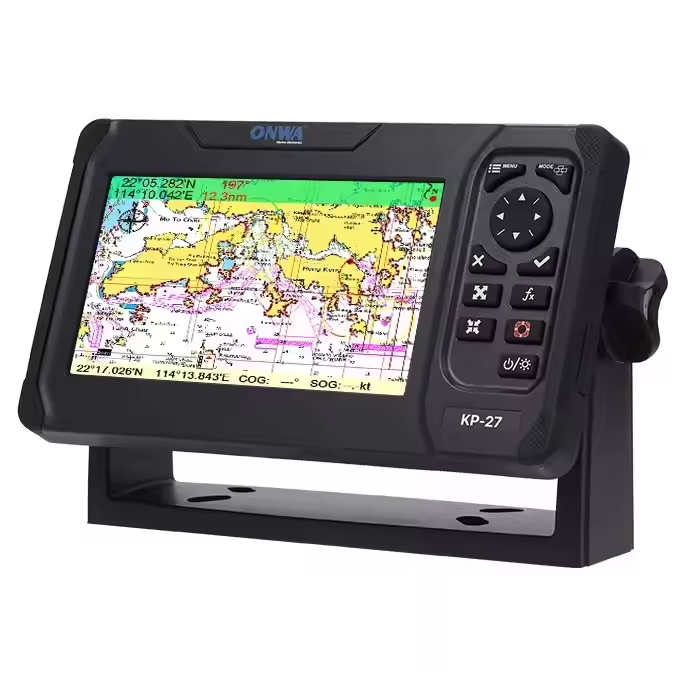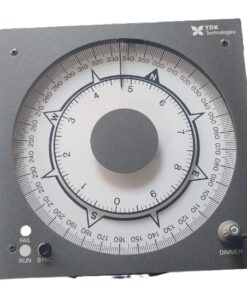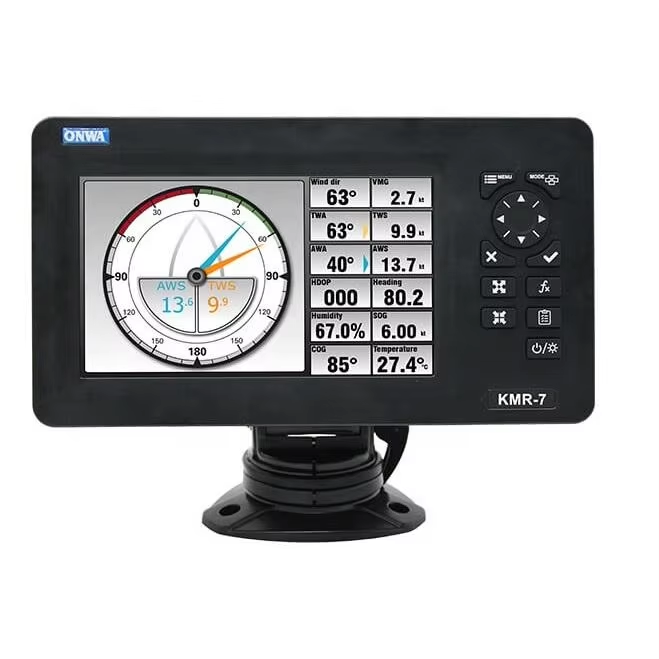| What is BNWAS? |
The Bridge Navigation Watch Alarm System (BNWAS) is a safety device installed on ships to prevent accidents caused by the incapacitation or negligence of the officer on watch. |
| How does BNWAS work? |
BNWAS monitors the presence and activity of the watch officer on the bridge and issues audible and visual alarms if there is no activity detected within a preset time interval. |
| What is the purpose of BNWAS? |
The purpose of BNWAS is to ensure continuous vigilance on the bridge, reducing the risk of navigational errors, collisions, and other accidents due to the absence or inattention of the watch officer. |
| What triggers an alarm in BNWAS? |
BNWAS triggers an alarm if there is no activity detected from the watch officer within a preset time interval, indicating possible incapacitation or negligence. |
| How does the watch officer acknowledge the alarm? |
The watch officer typically acknowledges the alarm by pressing a button or touching a sensor on the bridge console to confirm their alertness. |
| What happens if the alarm is not acknowledged? |
If the alarm is not acknowledged within a specified time frame, BNWAS escalates the alarm to alert other crew members or trigger emergency procedures. |
| Is BNWAS mandatory on all ships? |
Yes, BNWAS is mandatory on certain types of ships as per international maritime regulations, including SOLAS (Safety of Life at Sea) requirements. |
| Can BNWAS be manually overridden? |
While BNWAS is primarily automated, it may have manual override capabilities for specific situations or emergencies. |
| Are there different types of BNWAS? |
Yes, there are various types and models of BNWAS available, offering different features and functionalities to suit the needs of different vessels. |
| Can BNWAS be integrated with other bridge systems? |
Yes, BNWAS can be integrated with other bridge systems such as radar, navigation displays, and alarm panels to provide comprehensive safety monitoring and control. |
| What are the benefits of BNWAS? |
Benefits of BNWAS include enhanced safety, reduced risk of accidents, improved crew vigilance, and compliance with maritime regulations. |
| Are there any training requirements for BNWAS operators? |
Yes, operators and crew members responsible for monitoring and responding to BNWAS alarms may require specific training to ensure effective use of the system. |




